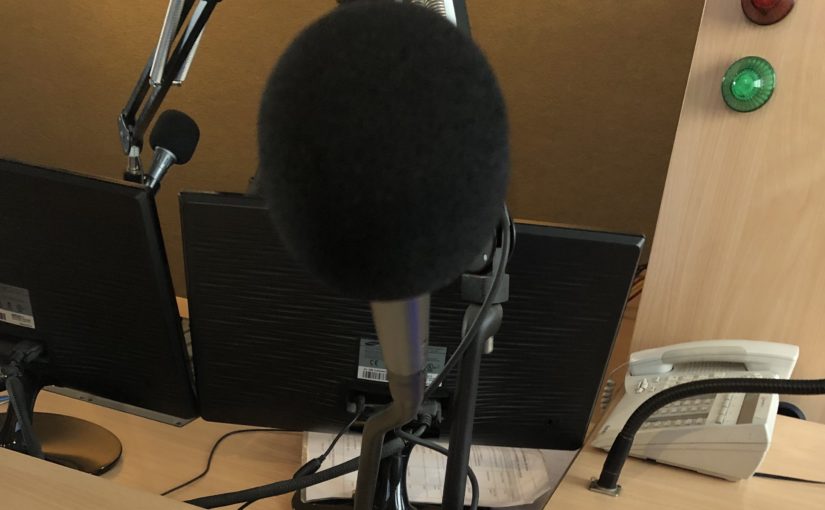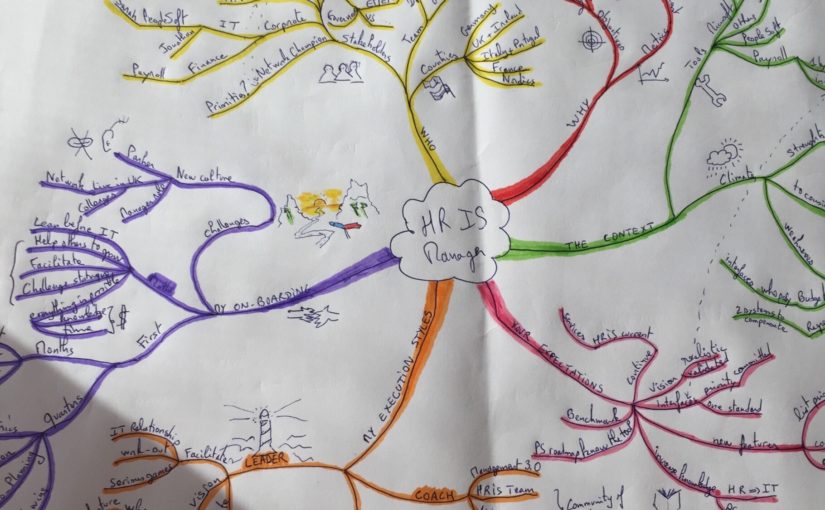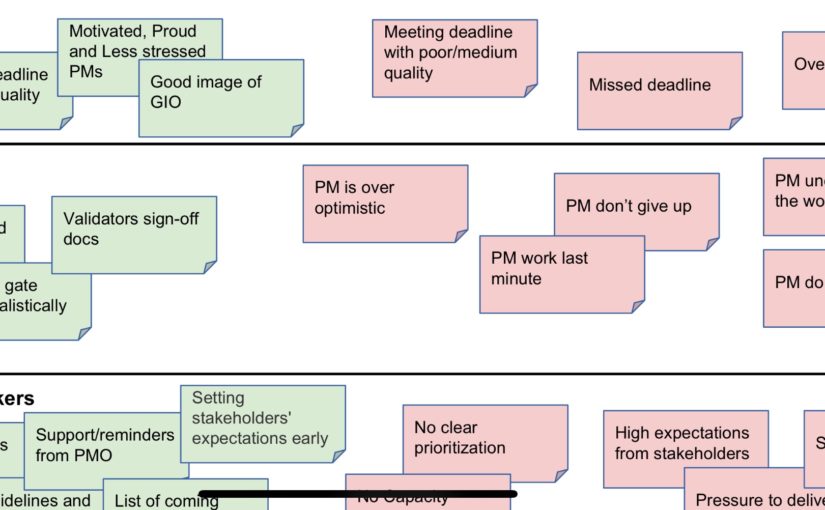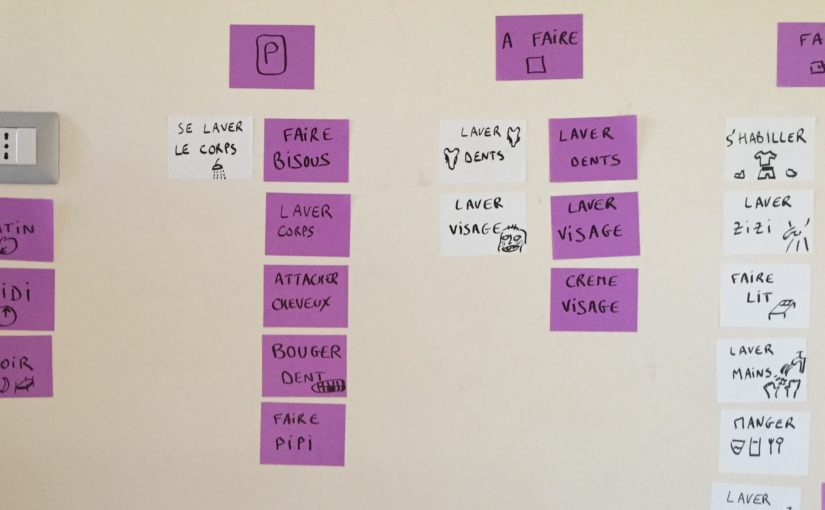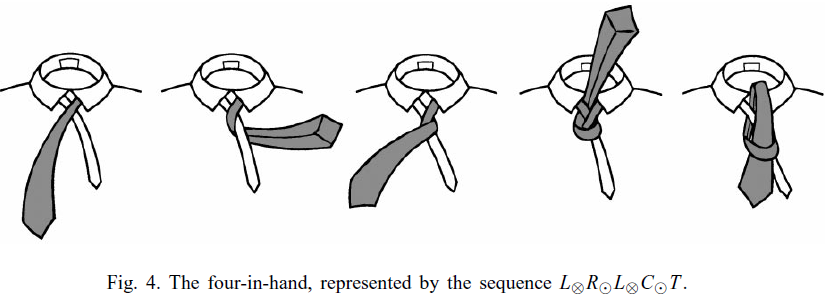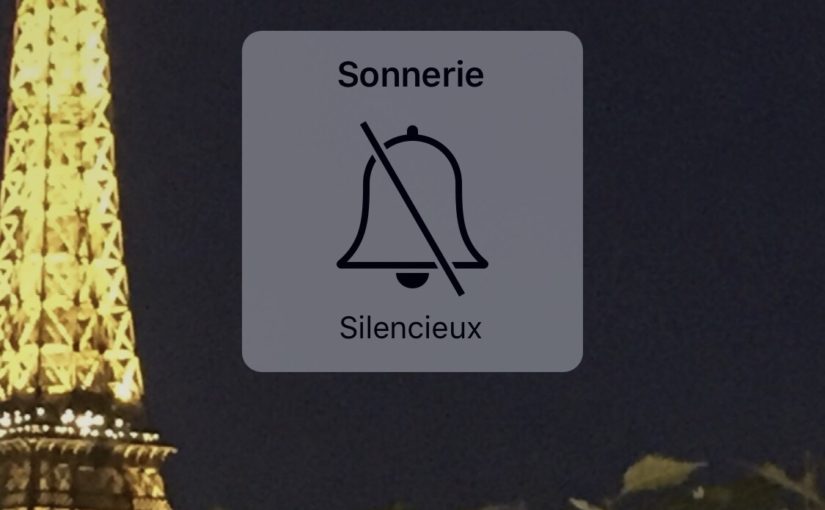Why: Connect your audience with you
How: Structure your speech and take care of reactions
What: I recently saw more than 40 startup speeches in a morning session and I was surprised on the number of information that could be triggered in just 1 minute. I was also surprised that only few knew the three key success factors of a speech.
- Know your intention of your speech. Is-it to get a prize, find an associate, sell your product to your audience, …?
- Start with a Why, then follow by the How and finish with the What. Simon Sinek explains it here.
- Ensure you connect with the Heart, the Hand and the Head of your audience. The famous speeches of Martin Luther King and John Fitzgerald Kennedy used these 3 components. Why not you?
When you play 2 and 3, see how the match makes sense: Why => Heart, How => Hand, What => Head.
Last, let’s make sure you get enough time to pause and checkout the reactions of your audience. Especially if your topic could make Heart of others vibrating so much. Breath 5 seconds, and continue.
Why not trying it?
